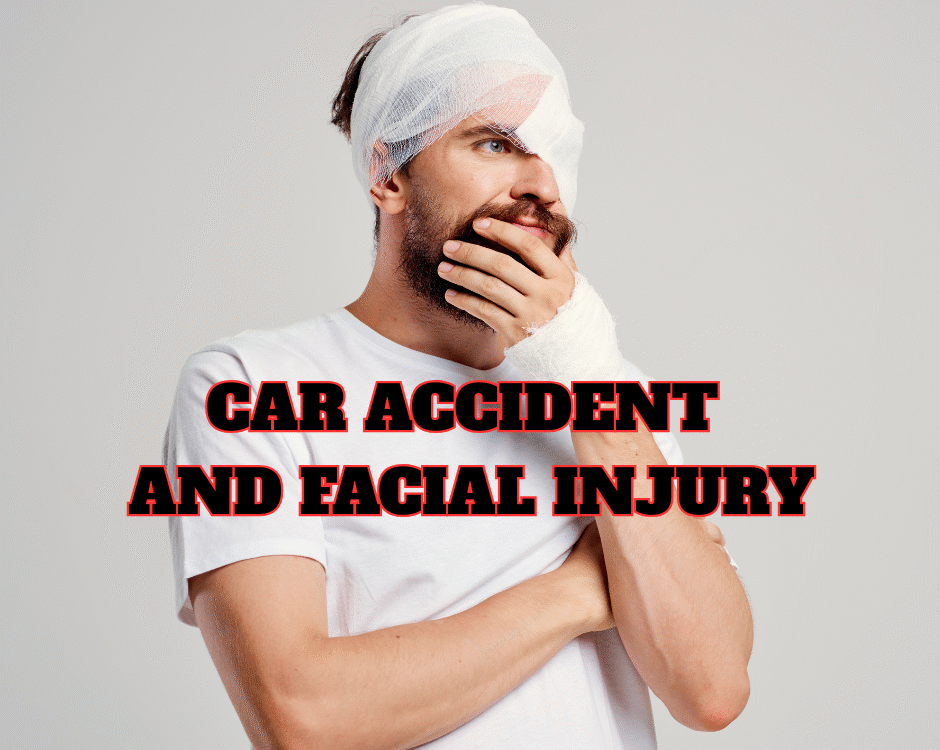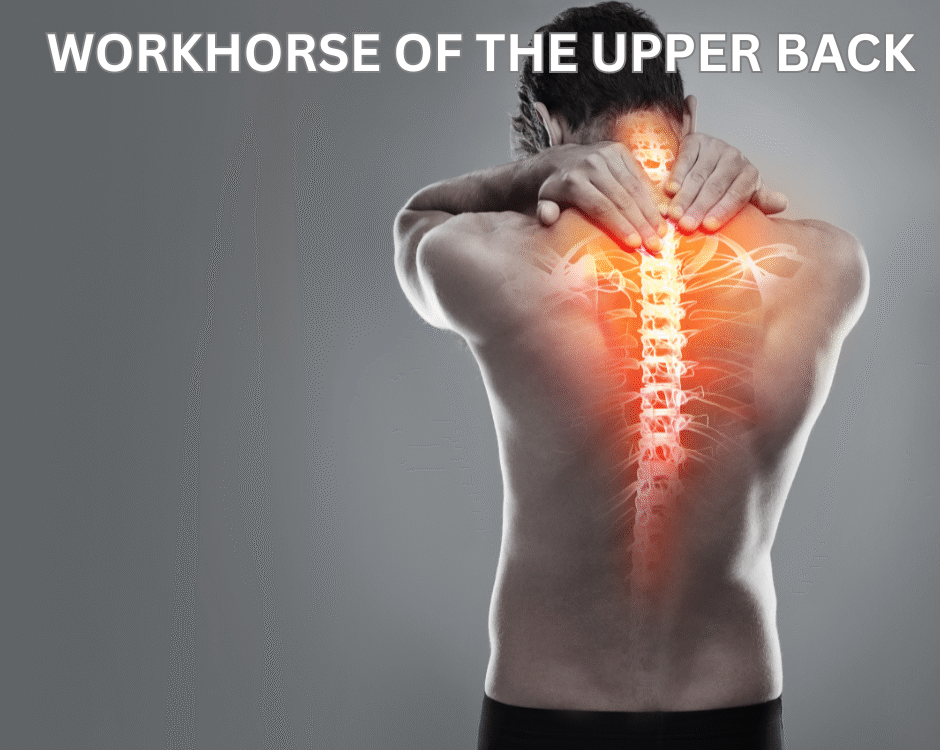Dangers of Chiropractic and The Opioid Epidemic Crisis

Social Media Not Recommended Under Age 13
February 7, 2023
What is Attention Reaction Time Following Concussion?
February 20, 2023Chiropractic and The Opioid Epidemic
Opioids are a class of drugs that are used to relieve pain but also sometimes used for recreational
purposes. They work by interacting with specific receptors in the brain and throughout the body, which
reduces the perception of pain. They are also sometimes associated with feelings of euphoria. Some
common opioids include morphine, fentanyl, oxycodone, and hydrocodone. Opioids can be highly
addictive and prolonged use can lead to an increased tolerance, dependence, and potential overdose.
Opioids can be dangerous because they interact with the body’s opioid receptors, particularly in the
brain and spinal cord, to produce feelings of pain relief, euphoria, and sedation. However, these same
receptors are also associated with heart and lung function. Taking too much of an opioid can lead to
overdose by slowing or stopping a person’s breathing and heart rate- ultimately leading to brain damage and death. Additionally, taking opioids for long periods of time can lead to a physical dependence where the body adapts to the presence of the drug and withdrawal symptoms occur when use is discontinued.
This can also increase the risk of overdose because the body requires more opioid presence to produce
the desired effects.
The opioid epidemic refers to a public health crisis characterized by a significant increase in the misuse
of prescription and non-prescription opioid drugs in the US. According to the Centers for Disease Control
and Prevention, the first wave of this crisis began in the late 1990s with a marked increase in the
prescribing of opioid pain medications. There was also a second wave around 2010 and has since
evolved into a widespread problem involving both prescription and illicitly manufactured opioids such as
fentanyl.
The epidemic has had devastating effects in some communities with a marked rise in opioid related
overdoses as well as individuals struggling with opioid addiction. In response, public health officials,
healthcare professionals, and lawmakers are working to address the issue through a combination of
efforts and policies. Some of these have included increased public awareness/education, prescription
drug monitoring, expanded access to addiction treatment, and government policies aimed to reduce the
supply of illicit opioids.
Chiropractic care is often considered an alternative to opioids because it is a non-invasive, non-
pharmacological option that can provide relief for many types of spinal conditions including lower back
pain, neck pain, headaches, and sciatica. Musculoskeletal conditions, like back or neck pain, have
traditionally been some of the most common conditions for which opioids are prescribed. Furthermore,
conditions like neck or back pain affect a vast amount of the public. Chiropractors use spinal
adjustments and other techniques to alleviate pain and improve musculoskeletal function, which can
lead to improved mobility and overall quality of life to help patients avoid or reduce their reliance on
pain medications like opioids.
In addition to these benefits, chiropractic care has several advantages over the use of opioids for
musculoskeletal pain. Chiropractic treatments are considered very safe and do not carry the risk of
addiction or overdose. Chiropractic care also does not impair cognitive function, making it a safer option
for those who need to drive, work, or perform other daily activities. Some patients have reported
experiencing pain relief after just one chiropractic session while others have found that regular
chiropractic care helps manage chronic pain. Chiropractic care is often used as part of a natural and
holistic multidisciplinary approach to pain management such as physical therapy, exercise, and lifestyle
modifications.
By offering patients safe and effective alternatives to opioids, chiropractic care can help reduce the risk
of opioid addiction and overdose, as well as improve overall health outcomes.
— This article is written by Deryk Harting, DC, one of the members of Chambers Medical Group’s team of car accident chiropractors who offer a variety of treatments and therapies ranging from diagnostic testing to various soft tissue therapies for car accidents and injuries in Kentucky.
Have you been in a car accident? If you or somebody you know has been in a car accident, be sure that you seek medical attention from a car accident doctor or car accident chiropractor to treat your injuries. Visit Chambers Medical Group to receive world-class medical treatment for your injuries.
Chambers Medical Group has car accident medical clinics in the following locations:
- Car Accident Medical Clinic in Tampa
- Car Accident Medical Clinic in Plant City
- Car Accident Medical Clinic in Brandon
- Car Accident Medical Clinic in Lakeland
- Car Accident Medical Clinic in Sarasota
- Car Accident Medical Clinic in Louisville
- Car Accident Medical Clinic in Lexington
- Car Accident Medical Clinic in Florence




